How to distinguish alder from aspen?
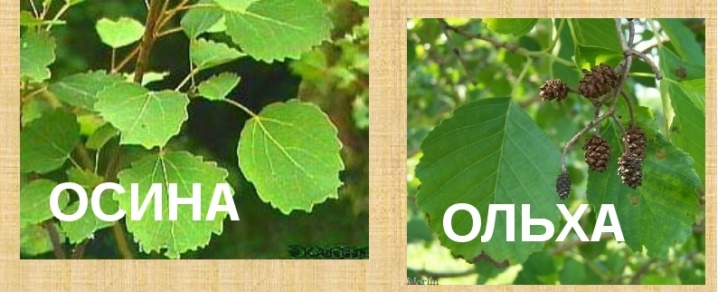
Aspen and alder are deciduous trees. They have both similarities and many differences, but still an inexperienced person can easily confuse them. This article will help you get acquainted with the main differences between alder and aspen from each other, with how they look.
Comparison of leaves and fruits
You can distinguish alder from aspen by its leaves and fruits.
The aspen has a fluffy crown, long but brittle branches... The aspen leaf cannot be confused with anything. The leaves of the "trembling poplar" tremble even from the lightest breeze. They are rhombic or round, with a crenate-toothed edge, pinnate venation, rigid, have a slightly pointed top and appear later than in other trees: in May or early June. Reach 3-7 centimeters in length... In autumn, they are painted in various bright colors. Aspen has a columnar trunk reaching 35 meters in height and 1 meter in diameter. The root system is located deep underground. Forms root suckers abundantly. She lives up to 70–80 years, but there are also centenarians (exceptions) living for 100–150 years.
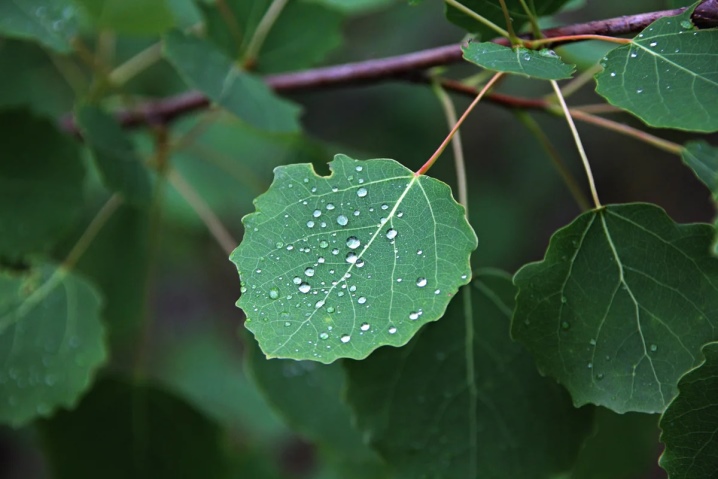
Alder has simple lobed leaves, their stipules fall early... They have a wedge-shaped base and blunt tops. The vein of alder is pinnate. Young alder leaves are very sticky. They are darker near the top of the tree and lighter below.
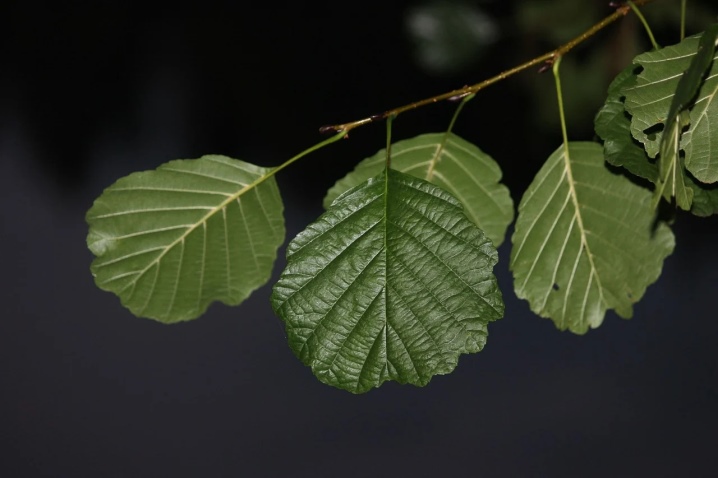
Aspen blooms with catkins. Moreover, male and female plants differ. Men's earrings are reddish and long - 15-18 centimeters. Women's green, not so lush and short - only 6-7 centimeters... Their flowering period lasts from March to May, and immediately after pollination, a fruit is formed - a family box with seeds in fluff, carried by the wind. Seeds are capable of scattering several tens of kilometers.

In April, bees collect pollen from aspens, and glue from their buds, from which propolis is formed.
The alder fruit is small cones. Sometimes small catkins appear on the alder, very reminiscent of birch, with the help of which the alder can also reproduce. Their fruits are single-seeded nuts located in cones. Their flight begins in autumn and ends closer to spring. Flowering occurs before or simultaneously with the opening of the leaves, which promotes better pollen transfer. They are carried by the wind, sometimes by water, since alder often grows in swampy places: on the banks of rivers, flooded meadows, near ponds and other bodies of water. Also, alder can be spread by the offspring of the root system and shoots from the stump.
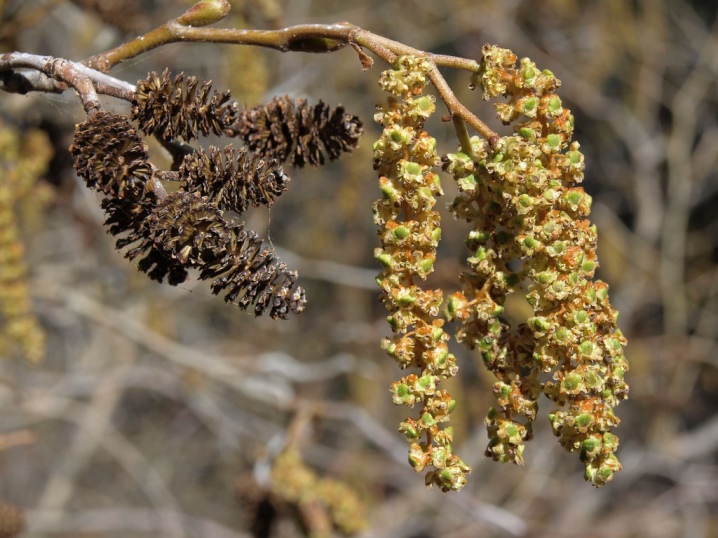
What is the difference in the bark?
The bark of the aspen is gray, ashy; closer to the top, it is greenish. Aspen itself is brittle. Its bark is smooth, even and thin, so it cracks closer to the base with age. Aspen bark is used for tanning leather, and also serves as a material for obtaining yellow and green dyes. In autumn, it is used as food for animals, especially moose, deer and hares love it. Aspen bark has antimicrobial, choleretic, anti-inflammatory and anthelmintic effects.
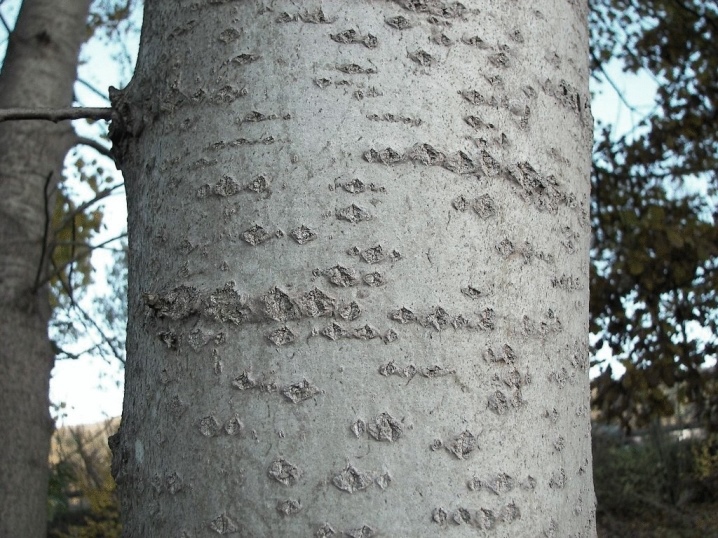
Alder bark differs from aspen primarily in color. She dark gray, it can be both smooth and rough. Alder grows very quickly and rapidly, which is why cracks can also be found on its bark. It can reach a height of more than 20 meters and 70 centimeters in girth. Alder lives for about 100 years.
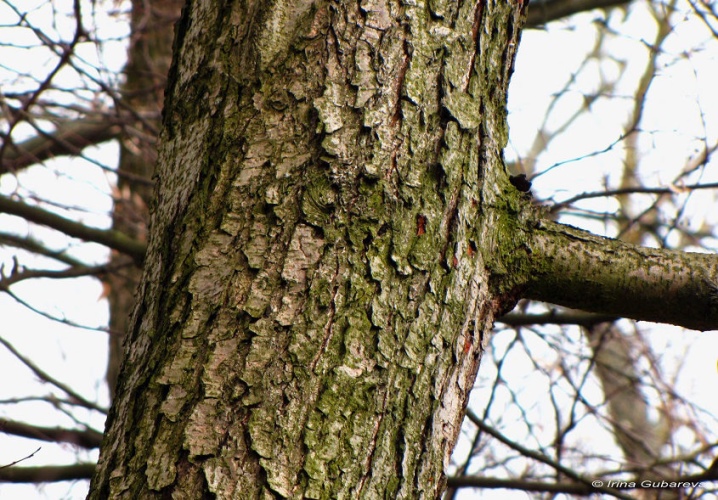
Differences in wood
To date, about thirty species of trees of the genus alder are known. Freshly sawn alder starts to turn red immediately. It is homogeneous and light... Its wood is much harder than aspen and burns longer. She resistant to moisture and practically does not rot over time, and when dried, it does not crack inside and does not deform at all. ...
It is actively used in underground structures such as mines, basements, wells.
Alder sawdust is often used to smoke fish or meat, and its coals are used to make gunpowder for hunting rifles.
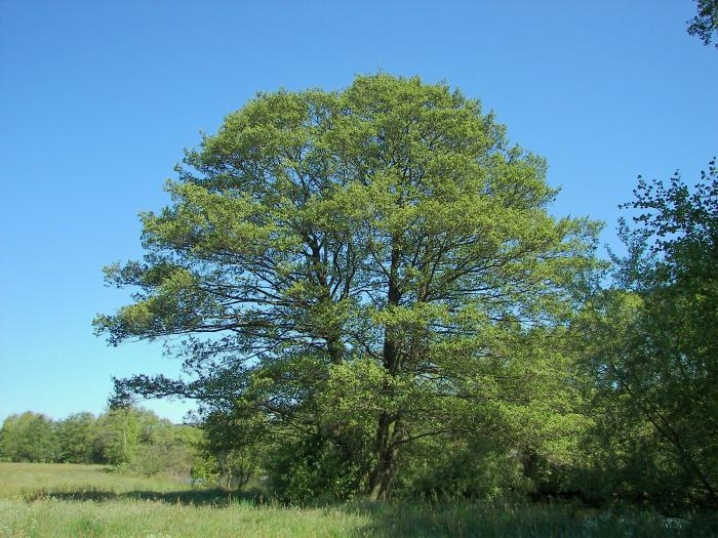
Aspen wood is dense, with poorly visible annual rings, homogeneous in internal structure. On the cut, the aspen is white, light gray. The moisture in its center is higher than in the peripheral areas, which is why it often dies from rotting. Aspen absorbs water well. It has a high value among craftsmen due to its uniformity, because it lends itself to good processing without chips and cracks. But compared to other trees, aspen wood is still soft and, thanks to this, very resistant to frost. It is widely used for the manufacture of containers and decorative shavings.
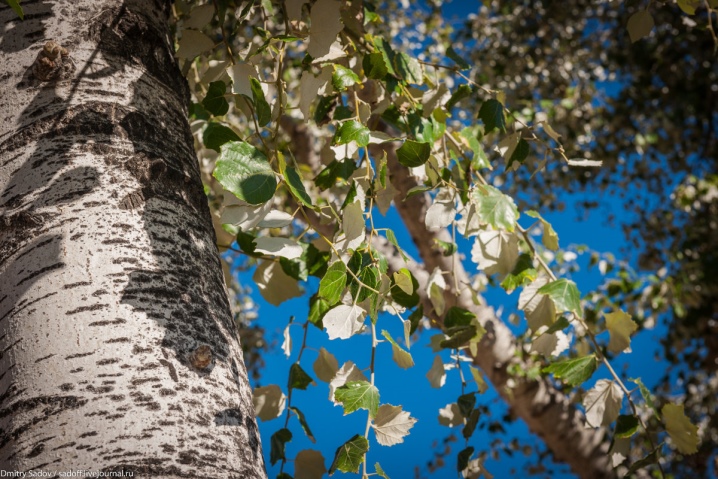































































The comment was sent successfully.